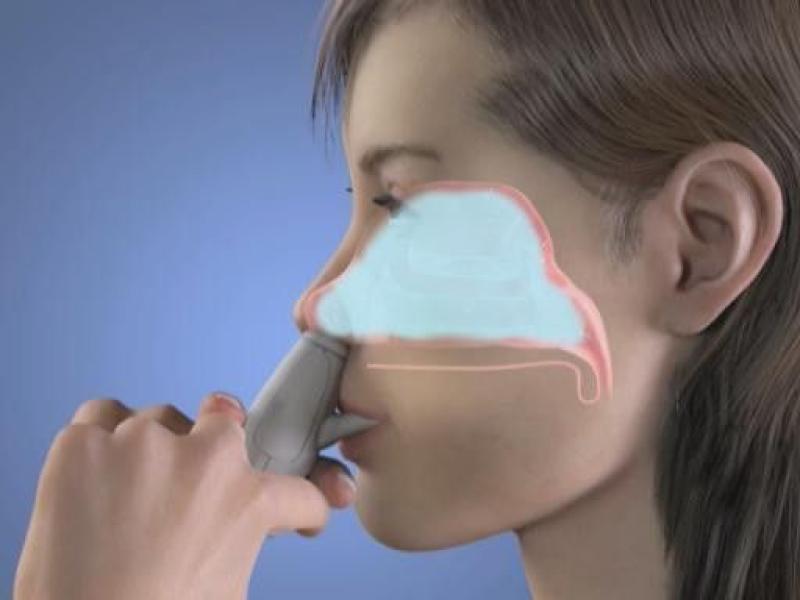Nasal packing devices play a crucial role in managing nasal bleeding and supporting healing following nasal surgeries or traumatic nasal injuries. These devices are designed to provide effective hemostasis, prevent post-operative complications, and promote patient comfort during the recovery phase. With advancements in medical technology, nasal packing options have evolved from traditional gauze to innovative absorbent and bioresorbable materials, offering enhanced performance and safety. Understanding the variety, applications, and benefits of modern nasal packing devices is essential for clinicians and patients alike to select the best solution for nasal care.
Understanding Different Types of Nasal Packing Devices and Their Uses
Nasal Packing Devices can be broadly categorized into anterior and posterior packs, with each type serving specific clinical purposes. Anterior nasal packs are typically inserted into the front part of the nasal cavity to control bleeding from the nasal septum or anterior nasal mucosa. Materials used range from traditional cotton gauze soaked with ointments to newer forms such as expandable sponges and balloon packs made of silicone or polyurethane. Posterior nasal packs, on the other hand, are employed for bleeding that originates deeper within the nasal cavity or nasopharynx and often involve balloon catheters that can achieve sustained pressure on bleeding vessels. Modern nasal packing devices may also include absorbable materials that do not require removal, thereby reducing patient discomfort and the risk of further mucosal injury during device retrieval.
Key Benefits and Innovations in Modern Nasal Packing Technology
Recent innovations in nasal packing devices focus on improving patient outcomes by minimizing discomfort, reducing bleeding risks, and enhancing tissue healing. Bioabsorbable nasal packs made from materials like carboxymethylcellulose and hyaluronic acid provide gentle compression while promoting mucosal regeneration. These devices eliminate the need for removal, thus reducing distress during post-surgical care. Balloon-based packs equipped with adjustable inflation mechanisms allow for precise pressure application according to patient need, providing better hemostasis control. Some devices are also embedded with antimicrobial agents aimed at lowering infection risk. The introduction of minimally invasive nasal packing technologies has significantly reduced complications associated with traditional packing, such as septal perforation, infection, and nasal congestion, thereby transforming post-operative nasal management protocols in otolaryngology.
Navigating Detailed Industry Trends and Competitive Landscape for Nasal Packing Devices
The nasal packing devices market is characterized by rapid technological advancements and increased demand driven by rising incidences of nasal trauma and surgical interventions worldwide. Industry analyses detail the prominence of key players investing heavily in research and development to innovate more effective and patient-friendly nasal packing solutions. Regional trends highlight varying preferences for absorbable versus non-absorbable materials based on healthcare infrastructure and clinical guidelines. Navigational reports available in industry databases provide comprehensive insight into market segmentation by product type, material composition, end-user application, and geographic distribution. These detailed documents enable stakeholders to understand emerging market dynamics, competitive strategies, and growth opportunities within the nasal packing devices sector.
Evaluation of Commercial and Clinical Applications Driving Nasal Packing Device Demand
The demand for nasal packing devices remains robust due to their essential role in controlling epistaxis (nosebleeds) and facilitating post-operative care in otolaryngology and trauma surgery settings. Clinically, these devices are indispensable for patients with spontaneous or traumatic nosebleeds and those undergoing corrective procedures such as septoplasty, turbinate reduction, and endoscopic sinus surgery. Commercially, healthcare providers and surgical centers prioritize nasal packs that deliver reliable hemostatic performance while minimizing patient discomfort and procedure time. Product differentiation in the market emphasizes ease of use, adjustable pressure features, absorbability, and biocompatibility. The integration of these functionalities not only improves clinical outcomes but also enhances operational efficiency, which is crucial for healthcare institutions managing high patient volumes and seeking cost-effective solutions.
Transactional Insights for Procuring Next-Generation Nasal Packing Devices in Healthcare Facilities
Healthcare procurement managers and clinical buyers typically seek nasal packing devices that align with the latest clinical guidelines and demonstrate proven efficacy through clinical trials and user feedback. Transactional considerations often encompass factors such as device sterility, packaging convenience, compatibility with various surgical procedures, and regulatory approvals. Bulk purchasing trends reveal growing interest in absorbable nasal packs that reduce follow-up interventions and patient revisit rates. Additionally, contractual arrangements may include service and training support for hospital staff to ensure optimal device usage and patient care. Market intelligence reports focusing on transactional details provide in-depth data on pricing trends, supplier reliability, and impact of innovations on procurement cycles, enabling decision-makers to align purchasing strategies with evolving clinical needs and budgetary constraints.
Nasal packing devices continue to evolve as indispensable tools in nasal surgery and trauma care, combining innovative materials and design to enhance patient healing and comfort. With detailed market insights and clinical data guiding product development and procurement, the landscape of nasal packing is poised for significant growth and improved therapeutic outcomes.
Get this Report in Japanese Language: 鼻腔パッキングデバイス
Get this Report in Korean Language: 비강 패킹 장치
Read More Articles Related to this Industry
Recent Development in Electroencephalography Industry
About Author:
Money Singh is a seasoned content writer with over four years of experience in the market research sector. Her expertise spans various industries, including food and beverages, biotechnology, chemical and materials, defense and aerospace, consumer goods, etc. (https://www.linkedin.com/in/money-singh-590844163)
